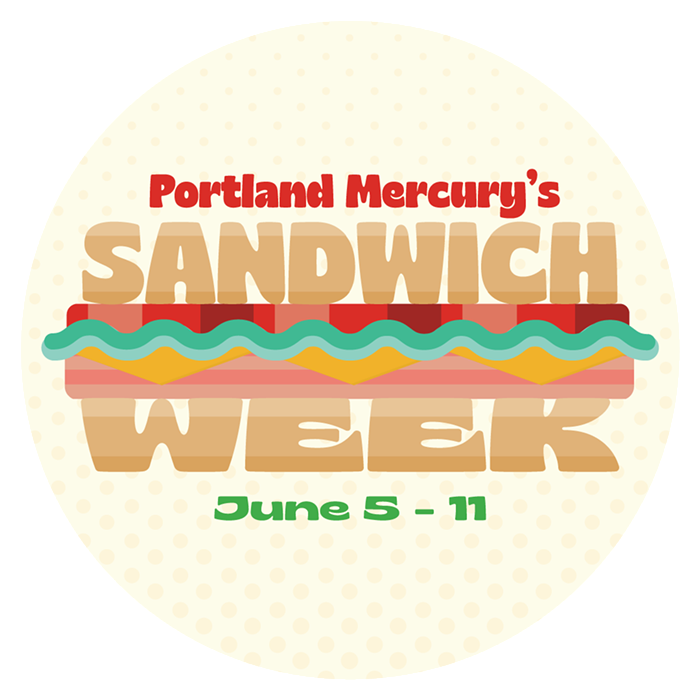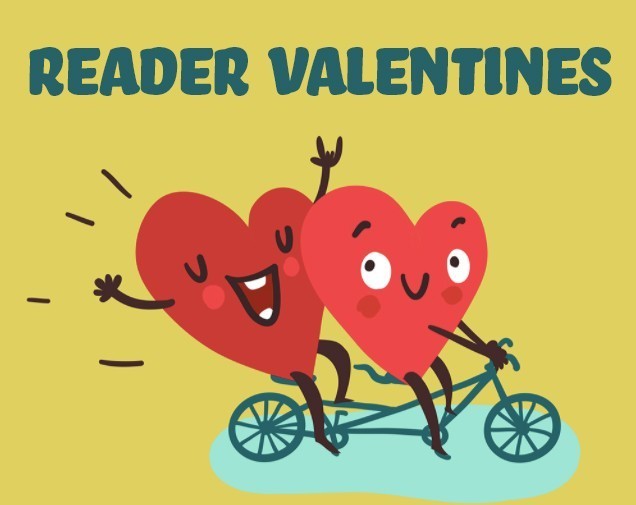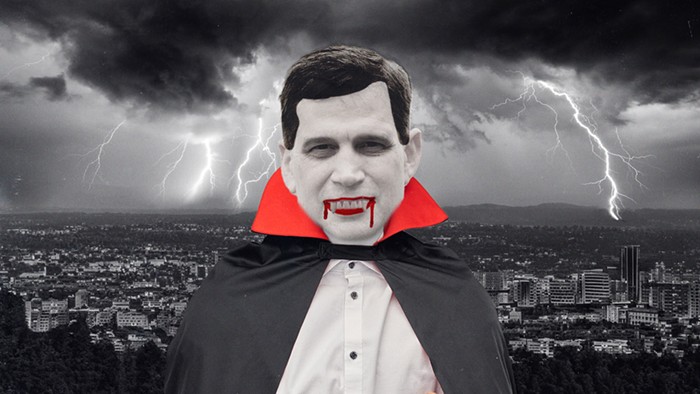The Adventure Zone: Here There Be Gerblins

The Adventure Zone: Here There Be Gerblins is a comic adaptation of a storytelling podcast in which the McElroy brothers (Griffin, Justin, and Travis) play Dungeons & Dragons with their dad, Clint. And it debuted at the number one position on the New York Times Paperback Fiction Bestseller list. For a comic book, let alone a comic book based on a podcast where three guys play D&D with their dad, that’s a pretty big deal! The McElroy brothers are better known for their “advice” podcast My Brother My Brother and Me (and just a whole family size of other podcasts), but their D&D podcast carries such a comforting current of humor, family infighting, funny voices, and excellent world creation that I sometimes wonder if The Adventure Zone rivals its elder podcast sibling. Certainly the costumes are better.
Since the script for the graphic novel was adapted by Clint, it’s immediately noticeable that, in the comic, Clint’s dwarf character, Merle Highchurch, is cleverer and better at using magic than he is on the podcast. Still, the adaptation manages the great feat of remaining coherent for uninitiated readers while also doing a hell of a lot of winks for old fans. Here There Be Gerblins is a success in large part due to the cartoonist Carey Pietsch, who has created a beautifully drawn world with well-paced action and pops of humor. I can feel how much text and story she reined in. I’m not sure the magic of the podcast is present in Here There Be Gerblins, but it made me want to re-listen to old episodes. For those unwilling to sit through hours of lovable jabber, the comic tells the story and may still contain its spark.
Sanpaku

Kate Gavino’s second graphic novel, Sanpaku, is partially an autobio comic retelling of Gavino’s youth as a Catholic, Selena-obsessed Filipina and partially an engaging narrative about being a teen. It’s not all Gavino’s life (the character is named Marcine), but there’s so much specificity that Sanpaku resonates with relatability.
Gavino explains the idea of the doomed state of “sanpaku,” which refers to having three sides of white sclera visible around your iris. While it’s clear that almost anyone taking a selfie exhibits sanpaku, they didn’t have smartphones in mid-’90s Texas, and 12-year-old Marcine begins obsessing over George Ohsawa’s strict macrobiotic diet in an attempt to cure hers. (What is it with autobio comics about earnest upbringings and macrobiotic diets?) Sanpaku reminds me of David B’s Epileptic, wherein David B’s parents tried to cure his brother’s epilepsy with a macrobiotic diet. In neither case does macrobiotic dieting seem to do any more than make the subject feel healthier, but I must give Sanpaku props for making more sense than Epileptic. Gavino’s peculiar coming-of-age tale spans cultural, religious, and dietary divides.
Exit Stage Left: The Snagglepuss Chronicles

My initial thought upon seeing an “edgy” reimagining of Hanna-Barbera’s pink lion Snagglepuss slide across my desk was, what is DC on with this shit? I’m not going to say my reservations were unfounded. The practice of yoking writers to old intellectual properties owned by media empires seems at best insulting to readers and at worst likely to destroy society’s palate for new stories. But Exit Stage Left’s author Mark Russell—who received several Eisner nominations for his 2017 modernization of The Flintstones (I am outraged to type that sentence!)—appears to be the sort of writer who wants to work in whatever capacity afforded him, and through clenched teeth, I will admit Exit Stage Left is a pleasure to read because Russell’s Snagglepuss is based on the life and mannerisms of acclaimed American playwright—and fabulous character—Tennessee Williams. Russell mashes up Williams, William Faulkner, the Stonewall Inn, and 1950s McCarthyism in this devastating read on our past and modern-day societies. It appears I have a new comics author to watch. I may also, reluctantly, check out more of DC’s ludicrous “Hanna-Barbera Beyond Initiative.” Is this where the talent is?














